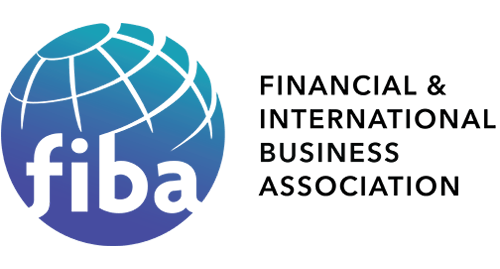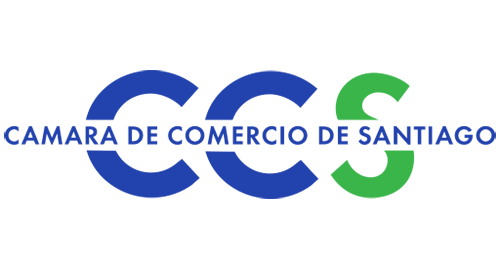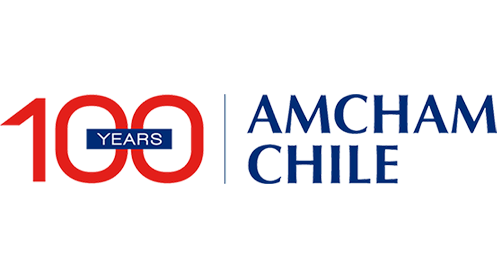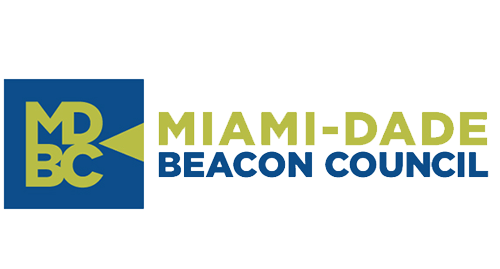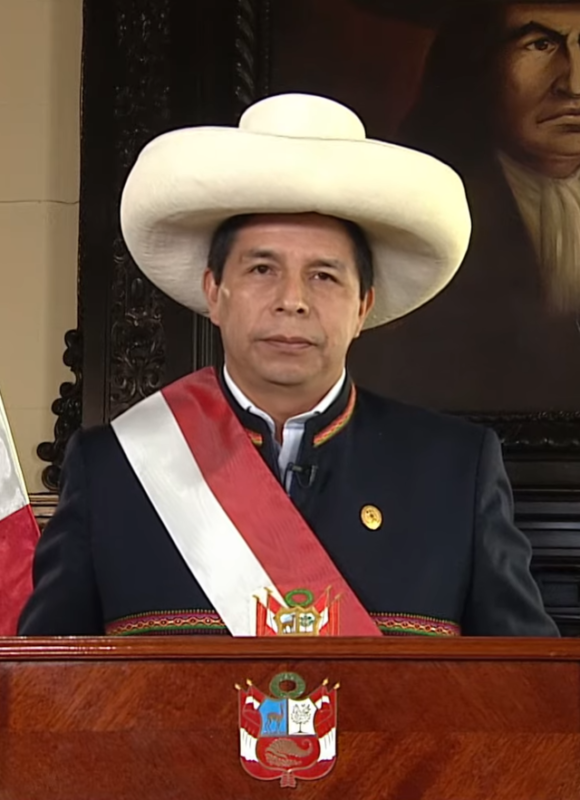
In June 2021, Pedro Castillo was proclaimed President of Peru, after beating Keiko Fujimori, who aspired for the third time to the presidency of the country and whose claims delayed the appointment of a winner.
From the beginning, his ability to govern Peru, a country immersed in institutional instability for several years, has been complicated. In only eight months, he has had to face accusations of corruption, impeachment requests from the opposition, questioning of his ministers, and four cabinet changes, the last one being last February.
Despite being questioned since the beginning of his mandate, he has managed to “successfully” overcome the various difficulties. The last hurdle he had to face was the second impeachment motion -the first to be admitted for debate-, which took place last March 28, to face the accusations of alleged corruption in the government and the accusations against him for the “lack of direction” of his government.
The President is at the center of the controversy after the businesswoman and aspiring effective collaborator of the Public Prosecutor’s Office, Karelim López, investigated for alleged money laundering, pointed out Castillo as part of a corruption network within his government. At the same time, the President is accused by opposition parties of alleged treason, after he raised in an interview with CNN the possibility of carrying out a popular consultation for possible delivery of an exit to the sea to Bolivia, something that was later discarded.
Despite the fact that by law, Castillo is allowed to send his lawyer to answer the accusations against him, he appeared personally before the Plenary of the Congress wearing his presidential sash and recalling that he attended the Chamber to “show maximum respect for the constitutional State and its control tools”.
In this instance, the Peruvian Congress rejected the vacancy motion by 55 votes in favor -of the 87 needed-, 54 against, and 19 abstentions, with which the promoters did not reach the two-thirds of the chamber of 130 legislators. For observers, however, it is still premature to declare Castillo victorious in his battle with the opposition, although it would buy him time.
Castillo’s future could be judicially complicated, since a current investigation by the Public Prosecutor’s Office for an alleged irregular awarding of works in the Ministry of Transportation, the case is known as “Puente Tarata”, has implicated two nephews of the president and his former secretary-general of the Palace, who are fugitives after their preventive detention was ordered.
According to speculation, if some of the accused become effective collaborators, the case could escalate to Castillo himself.
On the other hand, the Peruvian Congress recently approved a motion of censure against the Minister of Health, Hernán Condori, who will have to leave the post he assumed almost two months ago, after being questioned since his appointment.
Condori was criticized by the Peruvian press and the medical profession, who pointed out that he has prescribed products not supported by science, such as the so-called “agua arracimada”, which is sold in several countries with alleged health benefits such as delaying aging. In addition, Condori is investigated for alleged irregularities while he was director of Health in 2019 in the Andean region of Junin.
But the crisis in Peru does not cease, and the government had to decree a curfew this Tuesday, April 5, in Lima and Callao, in response to the strike and blockade of transporters that have been going on for a week, due to the rise in fuel prices, and which was joined by other workers’ unions. Four people have died and another 20 have been arrested.
In an attempt to appease the protests, the government eliminated the fuel tax last weekend, but in the demonstration on Monday, April 4, truck drivers and drivers of passenger vehicles took to the streets again. Several violent incidents were reported, including the burning of toll booths on highways, looting of stores, and clashes between protesters and police.
Photo from wikipedia.org








